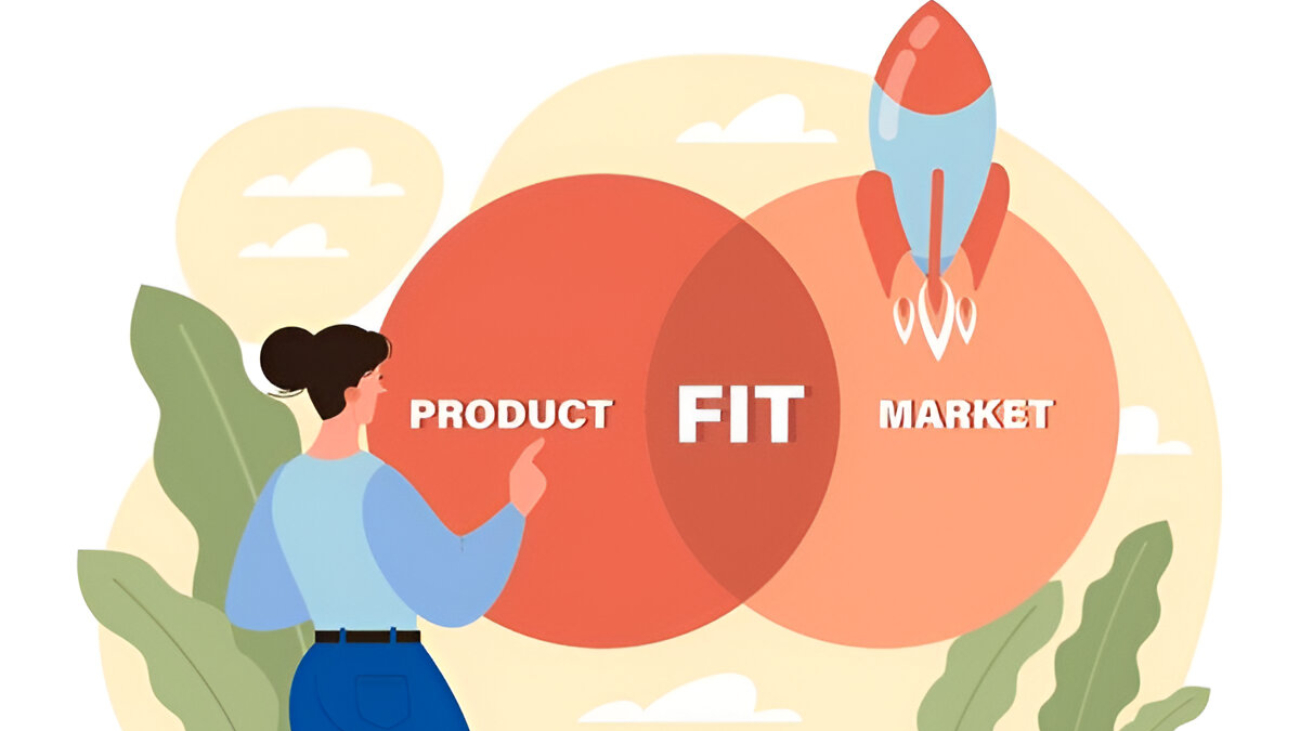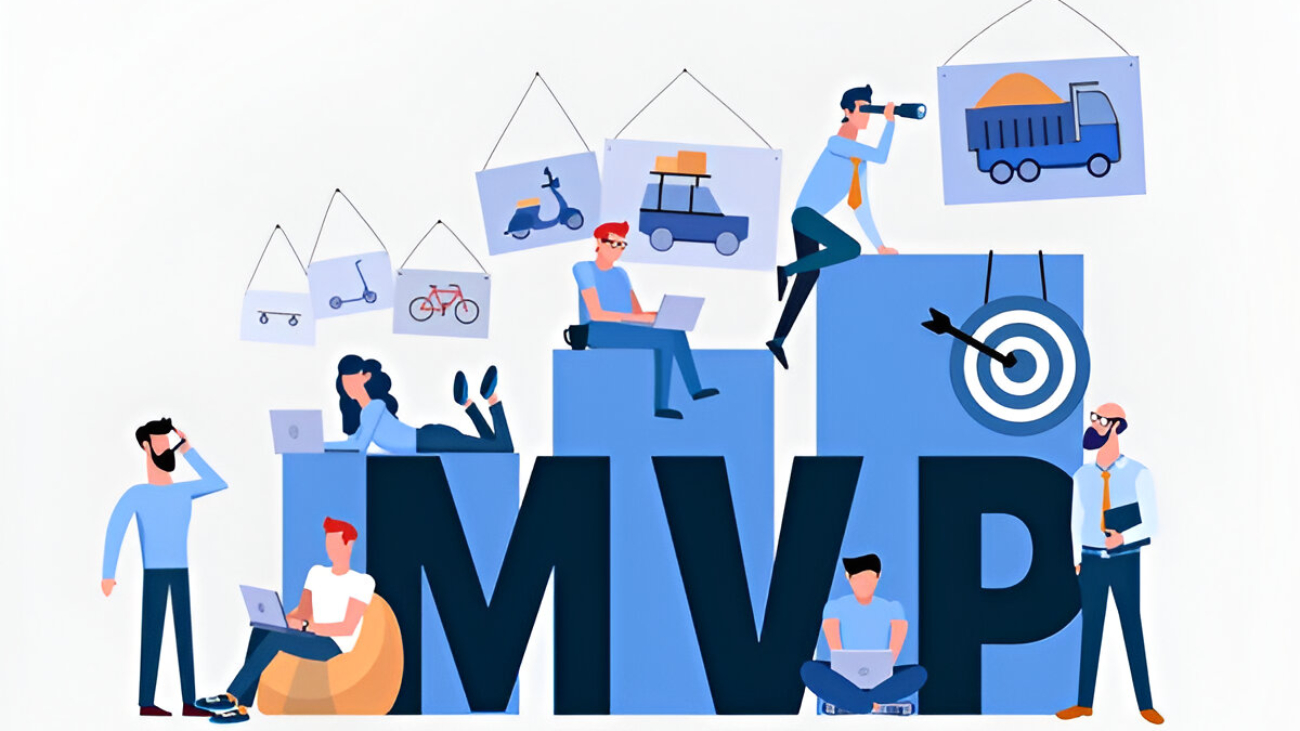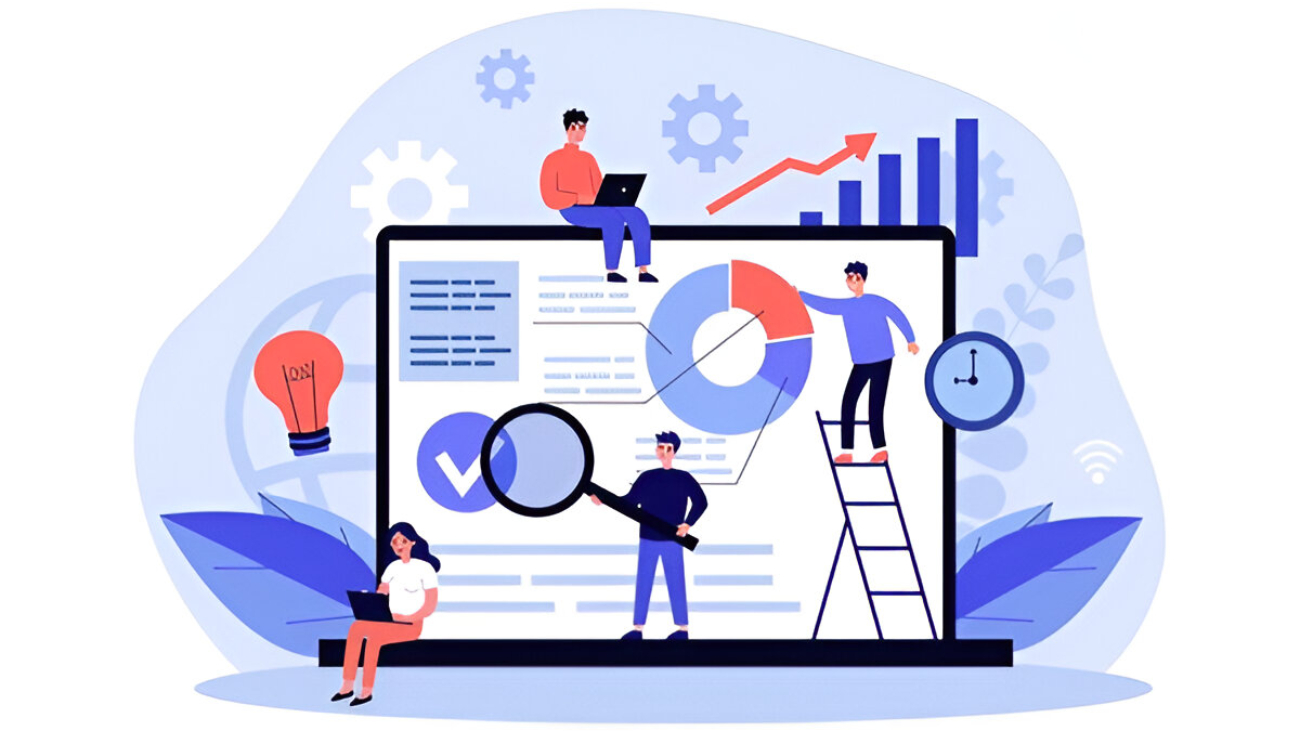What is Product-Market Fit?
Product-Market Fit is the point at which your product successfully addresses a significant problem for a defined group of users who are willing to pay for it. PMF is more than just having a functional product—it’s about creating something users love, rely on, and recommend to others. When PMF is achieved, you’re no longer just “pushing” your product into the market; rather, the demand pulls the product forward organically, leading to accelerated growth and engagement.
Why Product-Market Fit Matters: PMF is a key milestone in the product lifecycle. It ensures that the product isn’t just meeting technical requirements but is truly solving the target users’ pain points. Achieving PMF reduces the risk of a product failing post-launch and sets the foundation for sustainable growth, customer loyalty, and scalability.
The Journey to Product-Market Fit at Byteware Studios
Achieving PMF is often a process of refining and iterating based on real user feedback. At Byteware Studios, we guide our clients through a structured approach to maximize the chances of hitting PMF. Here’s how we do it:
Step 1: Define and Understand Your Target Market
The first step is to clearly identify and understand the target audience:
- Who are they?
- What specific problem are they facing?
- Why would they need a solution now?
With our expertise, we help our clients define user personas, conduct surveys, and analyze market data to understand the needs and expectations of potential users. Knowing the audience is foundational to tailoring the product for a precise market fit.
Step 2: Develop a Strong Value Proposition
Once we understand the target audience, we work on developing a strong value proposition. This includes identifying the unique benefits and features that set the product apart from competitors and address the core needs of the audience.
Our team collaborates closely with clients to define the product’s unique selling points (USPs) and ensure they align with what the market values most. This focused value proposition keeps development on track, helping the product deliver true value to users.
Step 3: Build and Test the MVP
The MVP (Minimum Viable Product) plays a vital role in the PMF process. An MVP allows us to test core features in the real world with early adopters, gathering insights on user satisfaction and product usability. At Byteware Studios, we emphasize building an MVP that reflects the core value proposition and enables rapid iteration.
Through this testing phase, we can gather valuable feedback on:
- User satisfaction with core features.
- Gaps between user expectations and product delivery.
- Feature improvements and additional needs.
These insights provide the data needed to iterate and adjust the product until it aligns more closely with user expectations, moving us closer to PMF.
Step 4: Measure Engagement and Retention
After launching the MVP, we track key metrics that help us gauge Product-Market Fit. These metrics give a clear picture of how well the product is resonating with its users and include:
- Engagement Rates: Are users actively interacting with the product? High engagement rates indicate that users find the product valuable.
- Retention Rates: Do users return over time? A strong indicator of PMF is when users continuously return to the product, showing that it has become a part of their routine or workflow.
- Customer Feedback and NPS (Net Promoter Score): Through surveys and direct feedback, we assess how likely users are to recommend the product to others. A high NPS score is a sign of product-market alignment.
If these metrics reveal areas for improvement, we work with our clients to iterate on the product and make the necessary adjustments to improve engagement and retention.
Step 5: Adapt and Iterate Based on Feedback
PMF isn’t a one-time achievement; it’s often the result of multiple iterations and enhancements. At Byteware Studios, we prioritize continuous improvement by closely listening to user feedback. We refine product features, address pain points, and incorporate new functionalities that add value.
Our team takes a user-centric approach, making data-driven decisions based on:
- Quantitative Feedback: User behavior metrics and usage patterns.
- Qualitative Feedback: Direct user feedback, reviews, and surveys.
This combination of feedback allows us to create a product that not only solves user problems but does so in a way that delights and engages them consistently.
When Do You Know You’ve Achieved Product-Market Fit?
While there’s no one-size-fits-all indicator of PMF, there are some signs that signal success:
- Strong User Demand: New users are signing up organically, and customer acquisition is growing without heavy marketing efforts.
- High Retention Rates: Users continue to engage with the product regularly, indicating that it has become essential to them.
- Positive Word of Mouth: Users recommend the product to others, showcasing satisfaction and advocacy.
- Willingness to Pay: Users are not only adopting the product but are also willing to pay for it, validating its perceived value.
When these indicators align, it’s a strong sign that the product is meeting the market’s needs effectively.
Byteware Studios’ Approach to Long-Term Product-Market Fit
Achieving PMF is an important milestone, but sustaining it is equally crucial. At Byteware Studios, we provide ongoing support to ensure that our clients can maintain and adapt their products as market demands evolve. Our approach includes:
- Ongoing User Research: Conducting regular user research to stay updated on changing needs and expectations.
- Feature Roadmapping: Planning feature updates based on user feedback and market trends to keep the product competitive.
- Performance Tracking: Continuously monitoring engagement and satisfaction metrics to ensure the product remains aligned with user needs.
By maintaining a proactive approach, we help our clients not only achieve PMF but sustain it over the long term.
Conclusion: Building Products that Truly Resonate
At Byteware Studios, we believe in creating products that serve a real purpose and meet genuine user needs. Achieving Product-Market Fit is a critical step in this process, allowing us to ensure that each product we build has the potential for sustainable growth and user satisfaction. By following a structured, feedback-driven approach, we help our clients bring their vision to life and make a lasting impact in the market.
Are you ready to take your product to the next level? Partner with Byteware Studios to find your Product-Market Fit and unlock the full potential of your ideas.



